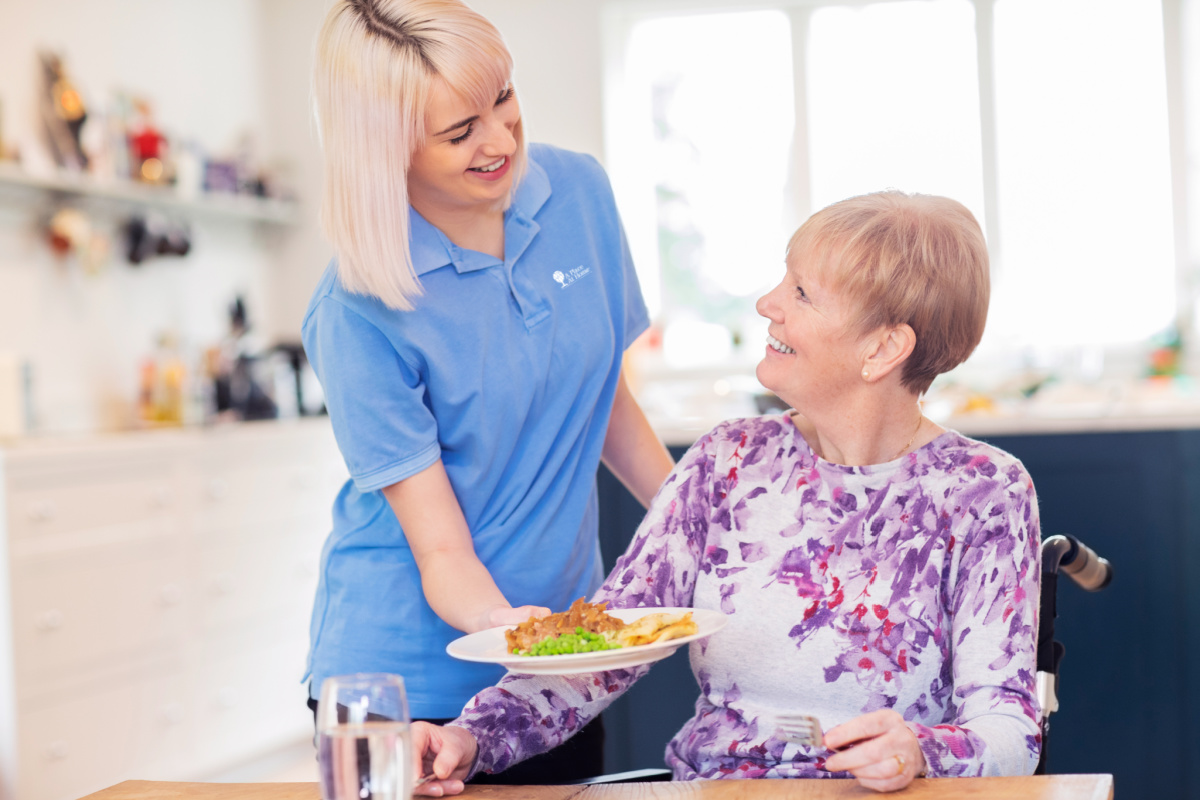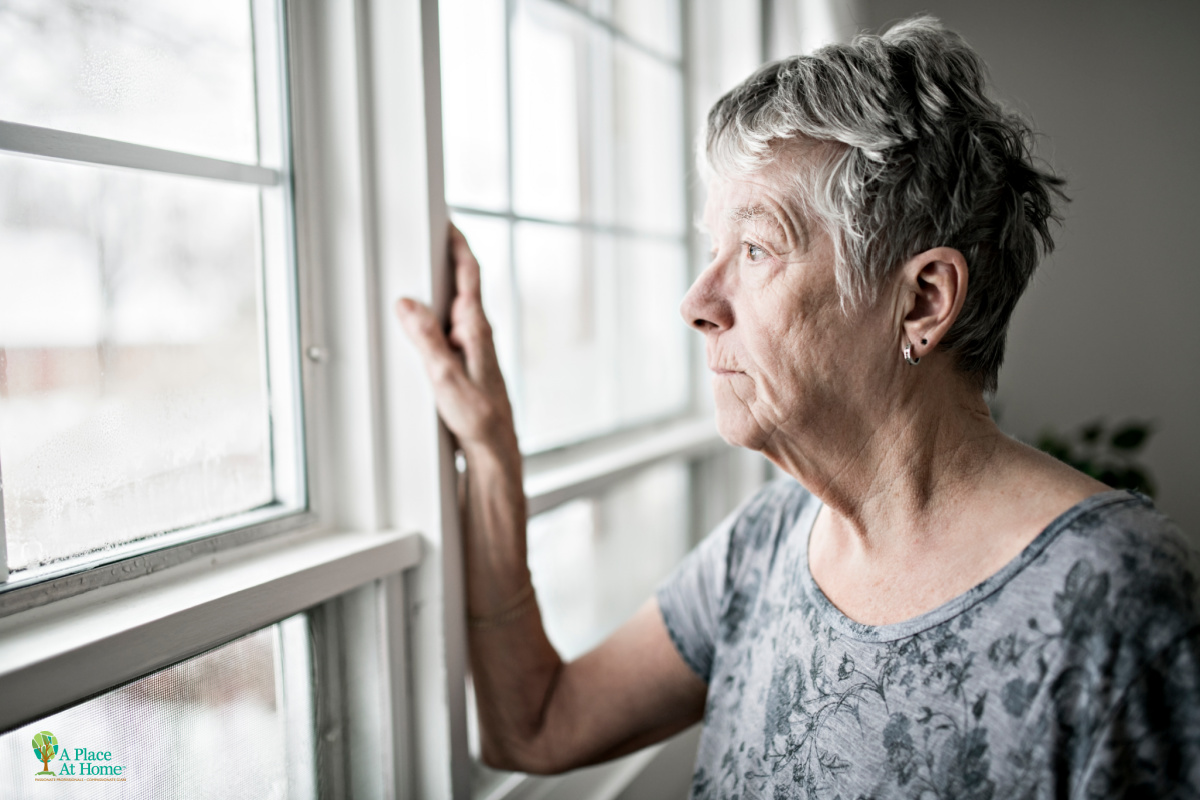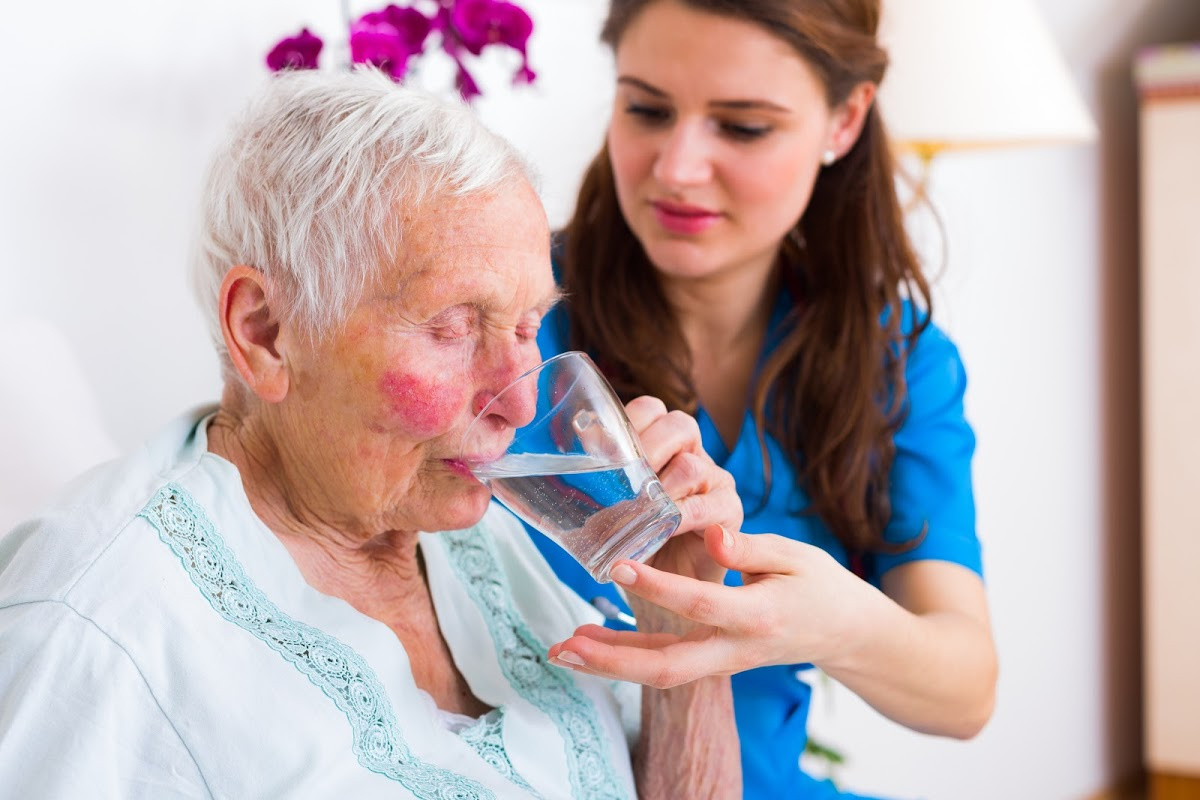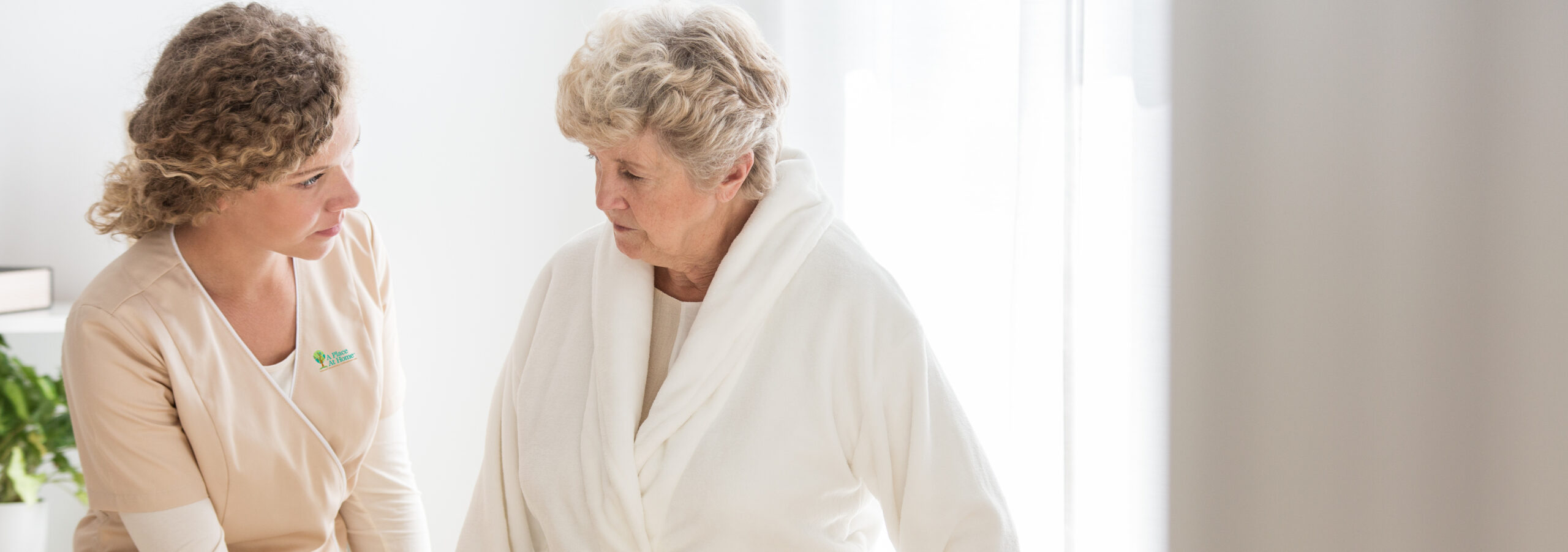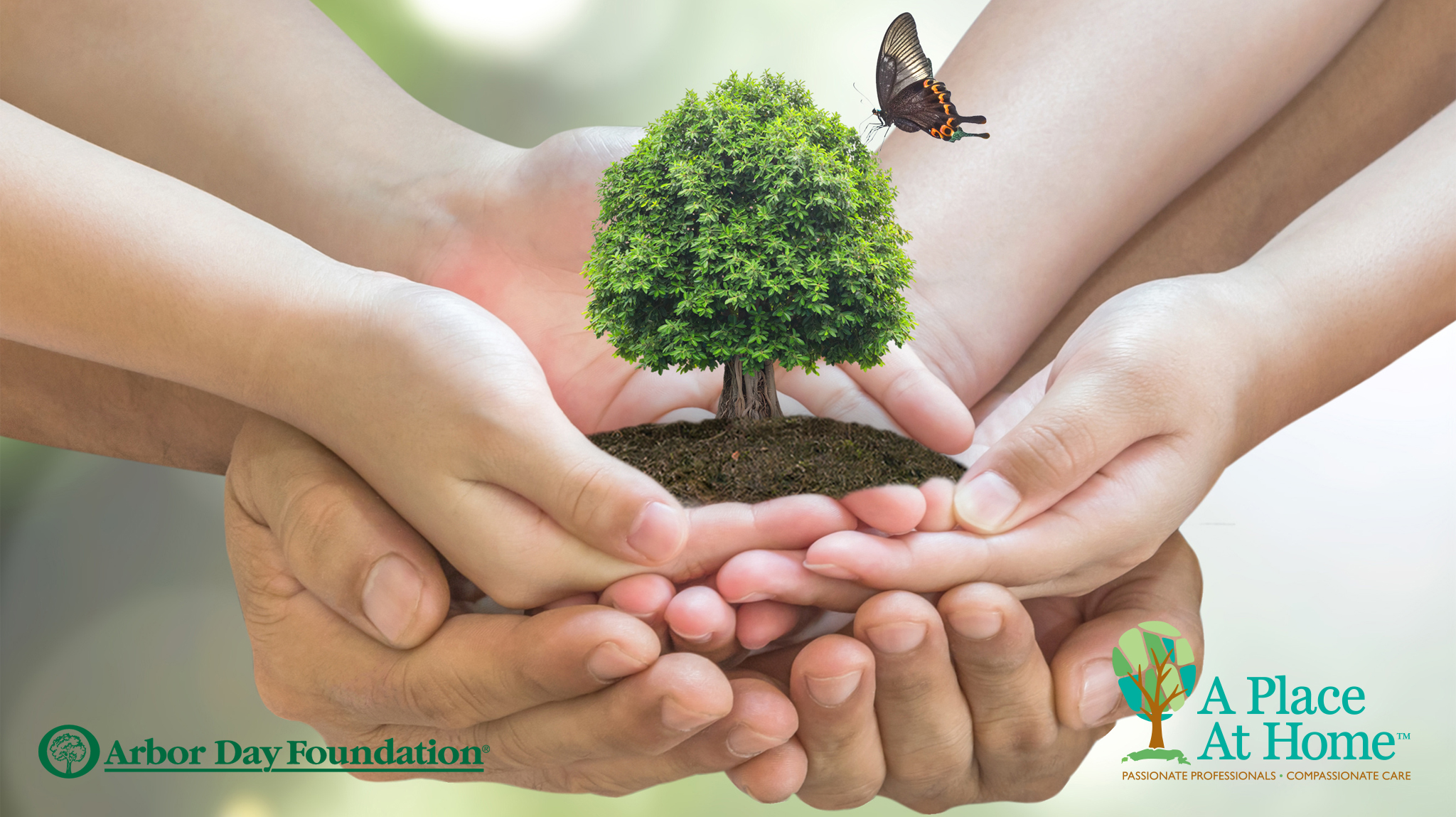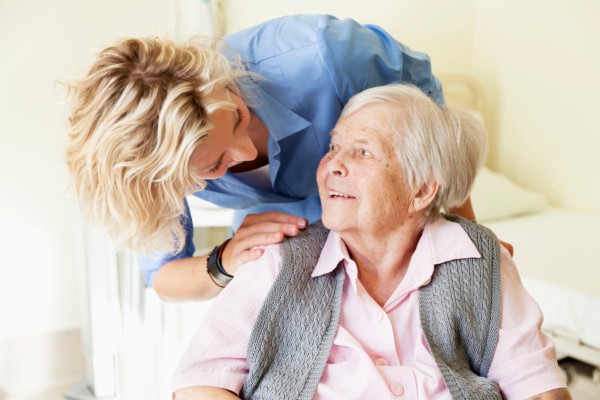Navigating the world of senior care is often overwhelming, especially when faced with the decision to choose between nursing homes and assisted living facilities.
Explore the key differences between nursing homes and assisted living facilities. This guide helps families understand each option, ensuring the best care choice for their elderly loved ones.
Assisted Living vs. Nursing Home
At a glance, both nursing homes and assisted living facilities offer care for seniors, but their services, environment, and care levels differ significantly.
Environment and Lifestyle:
Assisted living facilities often resemble apartment complexes, providing a more home-like environment. Amenities might include private or semi-private rooms, communal dining areas, recreational spaces, gardens, and even beauty salons or barber shops. They offer a balance between independence and care, allowing residents to live in a home-like setting while receiving assistance with daily activities.
Nursing homes are more medically focused facilities designed to provide 24-hour care to individuals with significant health or mobility challenges. Amenities often include shared rooms, medical facilities on-site, physical therapy spaces, and communal dining areas.
Care Levels:
When looking at assisted living vs. nursing homes in terms of care levels, there’s a significant difference.
In assisted living facilities, staff offer help with daily activities such as bathing, dressing, and medication management. Medical staff is available, but continuous medical care isn’t the primary focus. The staff-to-resident ratio can vary, but there’s typically a higher emphasis on social and recreational staff. Caregivers help with daily activities, and a nurse may be on-site or on-call.
As the name suggests, nursing home care levels are more intensive. These facilities are equipped to handle more complex medical needs, including wound care, physical therapy, and more. Given the higher care needs of residents, nursing homes have a higher staff-to-resident ratio. This includes a mix of registered nurses, licensed practical nurses, and certified nursing assistants. They are equipped to handle more complex medical needs.
Cost:
Generally, the less expensive option between assisted living vs. nursing homes is usually assisted living places because they don’t provide intensive medical care. The 2021 Genworth Cost of Care Survey found the national monthly median cost for an assisted living facility is $4,500. Typically, residents pay out-of-pocket, though some long-term care insurance policies may cover costs. Medicaid might offer coverage in certain situations, but it varies by state.
Due to the higher level of care at nursing homes, these facilities tend to cost more. That same survey found the national average monthly expense for a private nursing home room is $9,034, more than double the cost of a room at assisted living. Medicare can cover short-term stays at nursing homes following hospitalization. For long-term stays, Medicaid is a common funding source for those who qualify. Long-term care insurance and out-of-pocket payments are other options.
Expenses range widely for senior care, from state to state and even facility to facility. With both types of facilities, there are often hidden costs. While the monthly fee might cover most expenses, additional fees for special services or activities could come up. Care.com mentions services like dressing, bathing, bathroom help, laundry, medication management, and health screenings can often rack up an added cost. It’s essential to get a detailed breakdown of what’s included in the fee and what might be extra.
Emotional Well-Being:
Assisted living residents have a degree of independence, which can boost their emotional well-being. They live in a less clinical environment, which can feel more like home.
Nursing homes are more of a clinical setting, which might be challenging for some individuals, but the constant access to medical care provides peace of mind.
Social Opportunities:
Assisted living facilities often have a calendar of social activities, from movie nights to exercise classes and field trips, allowing residents to stay socially engaged.
While there are still social activities, they might be less frequent or varied due to the residents’ health needs at nursing homes.
Determining the Best Fit for Your Loved One
When weighing the options of assisted living vs. nursing home facilities, consider the following:
- Health and mobility: A nursing home is a better fit for your loved one if they require constant medical attention or have severe mobility issues. On the other hand, if they are relatively independent but need some assistance with daily tasks, assisted living could be a better fit.
- Social needs: Assisted living facilities often offer more social activities and opportunities for residents to interact, which can benefit seniors who are socially active.
- Duration of stay: Assisted living can be a long-term solution, while nursing homes might be more suitable for short-term rehabilitation or those with terminal illnesses.
- Personal preferences: Some seniors might prefer a more home-like environment, making assisted living a more attractive possibility. Others might prioritize medical care and opt for a nursing home.
Consider In-Home Care
While researching senior housing alternatives, there’s an even more home-like option than assisted living facilities – in-home care. When comparing assisted living vs. nursing home facilities, they each have their merits; in-home care is always another option worth considering. Bringing a care provider into your loved one’s home allows them to receive care in the comfort of their home. This familiarity eliminates the stress and anxiety of moving to a new place.
In-home care offers personalized one-on-one care tailored to the individual’s needs. This personalized attention can lead to better health outcomes and a higher quality of life. The type of care is also tailored to their needs, whether it’s assistance with daily tasks, companionship, or even medical care. With personalization comes flexibility. You can adjust care schedules based on your senior’s needs and preferences.
In many cases, in-home care is more cost-effective than facility-based care, especially if your loved one doesn’t require round-the-clock attention. That Genworth survey says the national average for in-home care for 40 hours a week is $4,680 a month.
A Place At Home is one of the nation’s premier in-home care providers. With customizable care plans, we can build a schedule that fits your loved one’s needs and budget. We have locations across the country, so begin your journey with us by finding a location near you.

